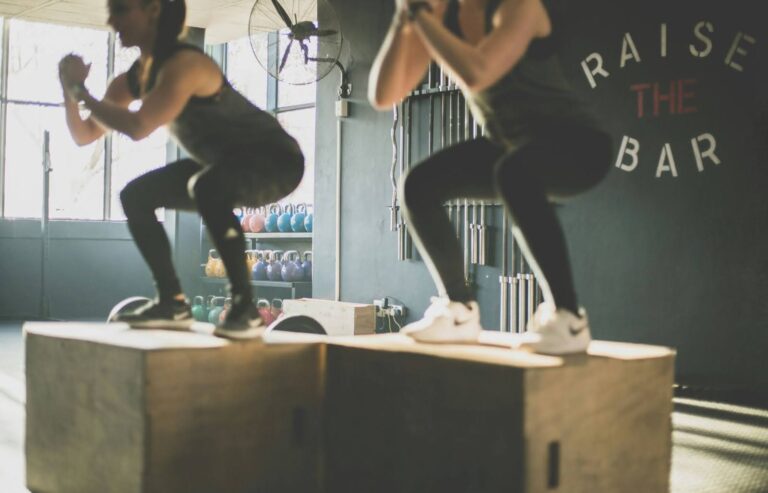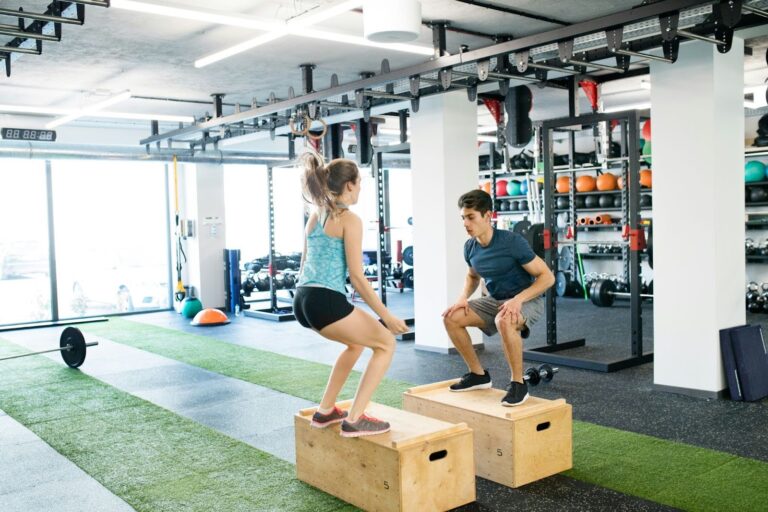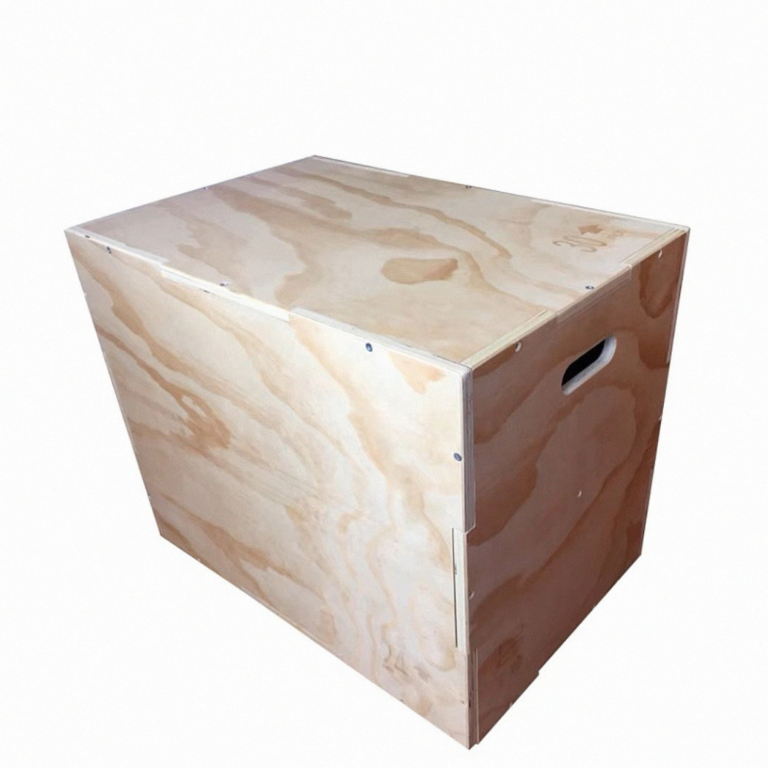
Jump training, also known as “plyometrics” or “plyo” involves explosive exercises aimed at enhancing power, strength, and speed. Jump box training is a form of exercise in New Zealand that has gained traction among fitness enthusiasts looking to enhance their workout routines. This guide provides an overview of jump box training for beginners to grasp the fundamentals of this high-intensity workout.
What is Jump Box?
A jump box serves as a platform utilised for various plyometric exercises with a primary focus on jumping movements. These boxes come in foam, wood, and metal, each offering unique advantages. Foam boxes reduce the risk of impact-related injuries, wooden boxes provide durability and a traditional feel, while metal boxes offer heights to accommodate fitness levels. The selection of the right jump box plays a role in enhancing performance during plyometric training sessions.
The Science Behind Plyometrics
Plyometrics leverages the stretch-shortening cycle of muscles – a mechanism where muscles lengthen before contracting, to how a rubber band stretches and snaps back into place. This method boosts muscle strength, speed, and agility by enhancing the efficiency and quickness of the system. Engaging in plyometric training can result in notable physical changes, such as increased muscle size, stronger tendons, and neural enhancements, contributing to overall performance enhancements.
Why Choose Jump Box Training?

Jump box training is praised for its advantages in improving power, stamina, coordination and stability. Despite its nature, it proves to be effective in delivering a demanding workout that can be tailored to suit all fitness levels. Whether you’re an athlete seeking to enhance power or a novice aiming to boost overall fitness levels, jump box training presents a versatile and efficient exercise option.
Getting Started with Jump Box Training
Before commencing jump box training sessions, it’s essential to adhere to safety measures. Always begin with a box of a manageable height to avoid injuries and ensure the jumping surface is secure and slip-resistant. Beginners should concentrate on mastering techniques through low-intensity exercises before advancing to routines.
Fundamental Exercises for Beginners
Box Jumps: Position your feet shoulder-width apart at a distance from the box. Bend your knees and swing your arms backwards before leaping onto the box. When landing, make sure to touch down with both feet on the box before stepping down to repeat.
Step-ups: For step-ups, place one foot on the box and push through your heel to bring up your other foot. Alternate legs as you step back down and repeat the process.
Box Squats: As for box squats, start by standing facing from the box with your feet shoulder-width apart. Lower yourself until your buttocks touch the box, then use your heels to push yourself up to the starting position.
Advanced Jump Box Workouts
For those who have mastered the basics and seek further challenges, incorporating advanced exercises can ramp up the intensity of your workout. Techniques like depth jump, where you jump down from the box and immediately leap upwards or onto another box, can boost power and explosiveness significantly. Incorporating these advanced and complex moves into your routine should be done cautiously, prioritising form and safety.
Choosing the Right Jump Box


Selecting an appropriate jump box depends on personal preferences and goals. Consider factors like height, material, and durability when choosing a box. Beginners may lean towards foam boxes for their nature, while seasoned athletes might prefer wooden or metal boxes for their sturdiness and stability. Lee Warehouse has various choices regarding fitness equipment, including jump boxes that cater to all levels of fitness provided by local sports gear suppliers.
Eager to take your fitness journey to new heights with jump box training? Look no further than Lee Warehouse for all your equipment needs! Our selection of high-quality jump boxes is designed to cater to athletes and fitness enthusiasts of all levels. From sturdy foam models for beginners to durable wooden and metal options for the pros, we’ve got everything you need to jump-start your plyometric training.
FAQ:
- Can jump box training cause injuries?
Like any form of exercise, there’s a risk of injury if not performed correctly. Using the appropriate height and type of jump box, along with proper form, minimises this risk.
- How often should I do jump box training?
Start with 1-2 times per week, allowing for adequate recovery. As your fitness improves, you can increase frequency.
- Can jump box training improve my performance in other sports?
Absolutely! Jump box training enhances explosive power, speed, and agility, benefiting sports that require these physical attributes.
- Is jump box training suitable for weight loss?
While primarily focused on improving power and speed, jump box training is a high-intensity workout that can also contribute to weight loss as part of a balanced fitness and diet regimen.
